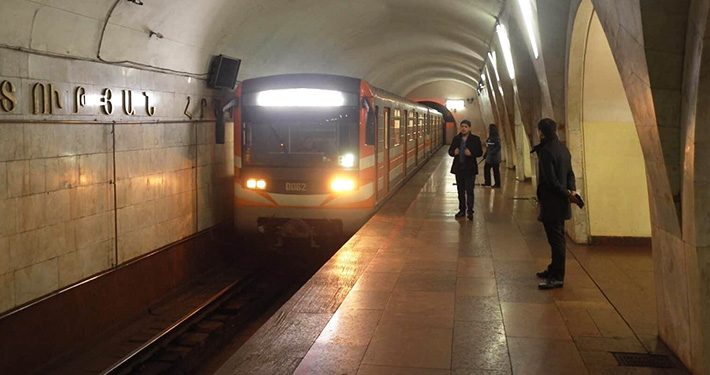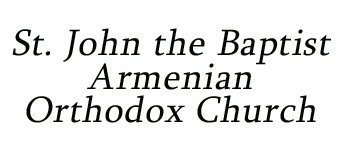OPENING OF THE YEREVAN SUBWAY
March 7, 1981

The Karen Demirchian Yerevan Subway, colloquially known as the Yerevan Metro, seems to have been around forever, but it started barely forty years ago. It is a government-owned company overseen by the City of Yerevan.
Yerevan experienced substantial growth after World War II. The city’s very uneven landscape only left an underground system as the real alternative to moving large numbers of people in an efficient manner. The first plans for a rapid transit system began to be formed in the late 1960s, under the auspices of Anton Kochinian, First Secretary of the Communist Party of Armenia, but the plans were centered on a rapid tramway system. In 1972, when the construction of tunnels started, Yerevan did not comply with the standard established by the Soviet City Engineering Planning Department, which only allowed cities with a population of more than one million to have a subway system. Nevertheless, the tunnels for the tram lines were built with a design that would have allowed potential conversion into a subway system.
In 1977, before Yerevan reached the mark of one million residents, Karen Demirchian, the successor to Anton Kochinian, lobbied and managed to obtain an order from the Soviet central government ordering the construction of the Yerevan subway. The construction of the tunnels was a taxing effort due to the abundance of subterranean water in Yerevan, which required also the assistance of the best experts and subway construction crews from other Soviet cities.
The subway was opened on March 7, 1981, becoming the eighth Soviet metro system with four stations over 7.6 kilometers (4.7 miles), extending from Barekamutyun to David of Sasun. In 1982, the station of Saralanj was renamed Marshal Baghramyan in honor of the recently deceased Marshal Ivan (Hovhannes) Baghramyan (1897-1982). Between 1983 and 1987, the subway system expanded to the current ten-station network. The quality of the engineering was so high that at the time of the December 1988 earthquake, the subway withstood the earthquake and continued operating the next day with only minor damage. However, finances were diverted to reconstruction of destroyed infrastructure and this brought the expansion of the subway to a halt. After 1989, only a small shuttle service to a single-platform station in Charbakh was added in 1996.
Three stations were renamed in 1992 after the fall of the Soviet regime: Lenin Square became Republic Square; Spandaryan Square became Garegin Nzhdeh Square, and Hoktemberyan became General Andranik.
On December 28, 1999, the subway was named after Karen Demirchian, who had given birth to the current system instead of the original rapid tram, two months after his assassination in the terrorist attack against the Armenian National Assembly (October 27, 1999).
The Metro did not manage to connect the important residential districts before the earthquake of 1988 and the economic crises following independence, and minibus routes took over as the backbone of Yerevan’s urban transport. In 2004, the annual ridership was 12.1 million. This trend was reversed in recent years due to the congestion of the city, and commuters turned back to the metro as a quick, clean, and affordable alternative. By 2016, the annual ridership of the metro had increased to 15.4 million passengers, reaching 20.2 million in 2019. A ride on the Yerevan Metro currently costs 100 drams (about 25 cents).
The metro operates as a single line, with a separate shuttle service on the Shengavit-Charbakh branch, and covers 13.4 kilometers (8.3 miles), with trains running every five minutes.
Due to Yerevan’s uneven landscape, the metro goes above ground in some cases. Of the ten stations, seven are underground. Most stations considered deep-level are on average about 16-22 meters (52-72 feet) below the surface, and only Marshal Baghramyan, Barekamutyun and Yeritasardakan are deeper than 30 meters (98 feet). Continuing the tradition of all former Soviet underground systems, most stations are exquisitely decorated, often blending Armenian national motifs with late-Soviet architecture.
In May 2019, the chief architect of Yerevan confirmed that plans are underway to begin the expansion of the Yerevan metro. The new subway station at the Ajapniak district, near the Genocide monument, would be the next step, which preliminary work to extend the metro northward to the Davtashen district has started.


